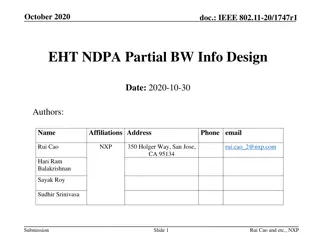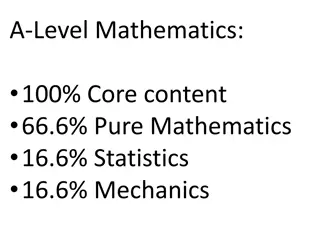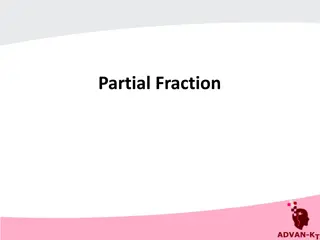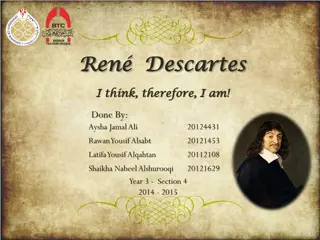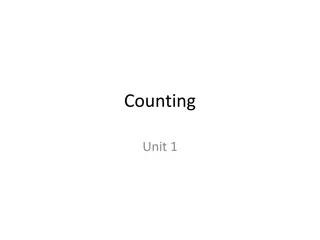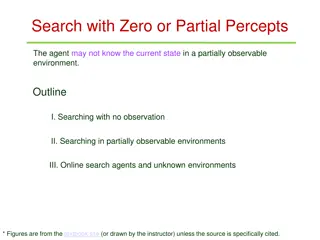Partial Orderings in Mathematics
The concepts of partial orderings, comparable/incomparable elements, partial/total orders, Hasse diagrams, constructing Hasse diagrams, and maximal/minimal elements in posets. Dive into the foundations of posets and their graphical representations.
Download Presentation

Please find below an Image/Link to download the presentation.
The content on the website is provided AS IS for your information and personal use only. It may not be sold, licensed, or shared on other websites without obtaining consent from the author.If you encounter any issues during the download, it is possible that the publisher has removed the file from their server.
You are allowed to download the files provided on this website for personal or commercial use, subject to the condition that they are used lawfully. All files are the property of their respective owners.
The content on the website is provided AS IS for your information and personal use only. It may not be sold, licensed, or shared on other websites without obtaining consent from the author.
E N D
Presentation Transcript
Partial Orderings A relation R on a set S is called a partial ordering if it is: reflexive antisymmetric transitive A set S together with a partial ordering R is called a partially ordered set, or poset, and is denoted by (S,R). Example: is a partial ordering on the set of integers reflexive: a a for every integer a anti-symmetric: If a b and b a then a = b transitive: a b and b c implies a c Therefore is a partial ordering on the set of integers and (Z, ) is a poset.
Comparable/Incomparable Elements Let denote any relation in a poset (e.g. ) The elements a and b of a poset (S, ) are: comparable if either a b or b a incomparable if neither a b nor b a Example: Consider the poset (Z+, ), where a b denotes a divides b 3 and 9 are comparable because 3 9 5 and 7 are not comparable because nether 5 7 nor 7 5
Partial and Total Orders If some elements in a poset (S, ) are incomparable, then it is partially ordered is a partial order If every two elements of a poset (S, ) are comparable, then it is totally ordered or linearly ordered is a total (or linear) order Examples: (Z+, ) is not totally ordered because some integers are incomparable (Z, ) is totally ordered because any two integers are comparable (a b or b a)
Hasse Diagrams Graphical representation of a poset It eliminates all implied edges (reflexive, transitive) Arranges all edges to point up (implied arrow heads) Algorithm: Start with the digraph of the partial order Remove the loops at each vertex (reflexive) Remove all edges that must be present because of the transitivity Arrange each edge so that all arrows point up Remove all arrowheads
Constructing Hasse Diagrams Example: Construct the Hassediagram for ({1,2,3}, ) 1 1 1 2 3 2 3 2 3 3 3 2 2 1 1
Maximal and minimal Elements Let (S, ) be a poset a is maximal in (S, ) if there is no b S such that a b a is minimal in (S, ) if there is no b S such that b a a is the greatest elementof (S, ) if b a for all b S a is the leastelement of (S, ) if a b for all b S greatest and least must be unique h j Example: Maximal: h,j Minimal: a Greatest element: None Least element: a g f d e b c a
Upper and Lower Bounds Let A be a subset of (S, ) If u S such that a u for all a A, then u is an upper bound of A If x is an upper bound of A and x z whenever z is an upper bound of A, then x is the least upper boundof A (must be unique) Analogous for lower bound and greatest upper bound h j Example: let A be {a,b,c} Upper bounds of A: e,f,j,h Least upper bound of A: e Lower bound of A: a Greatest lower bound of A: a g f d e b c a












